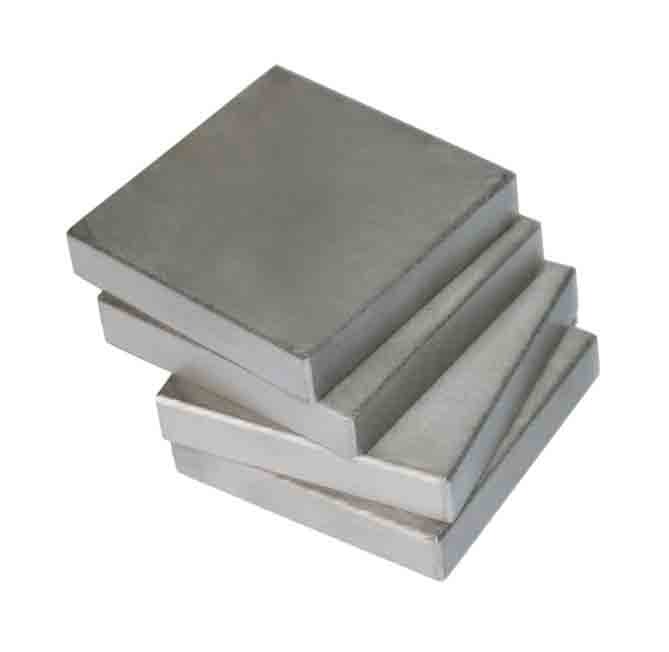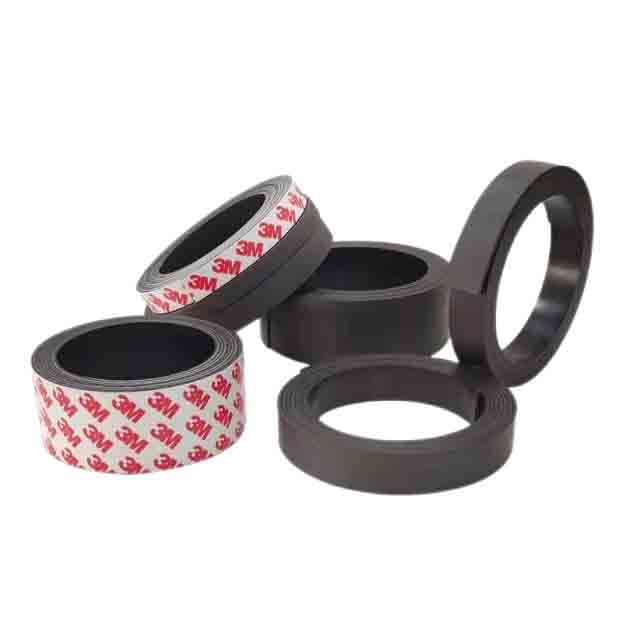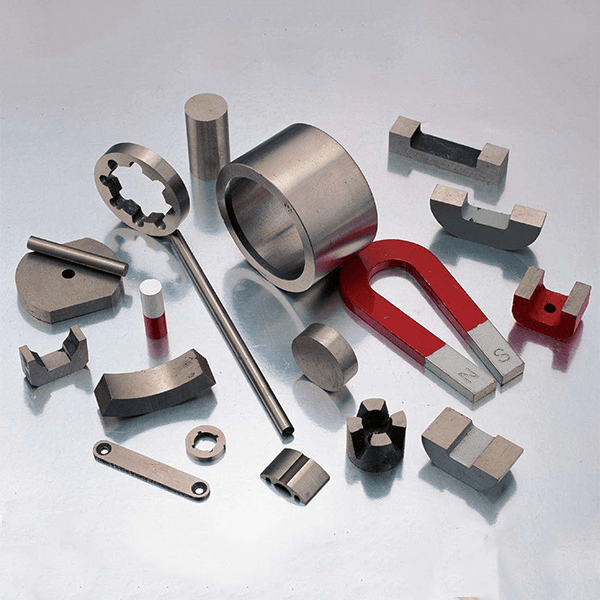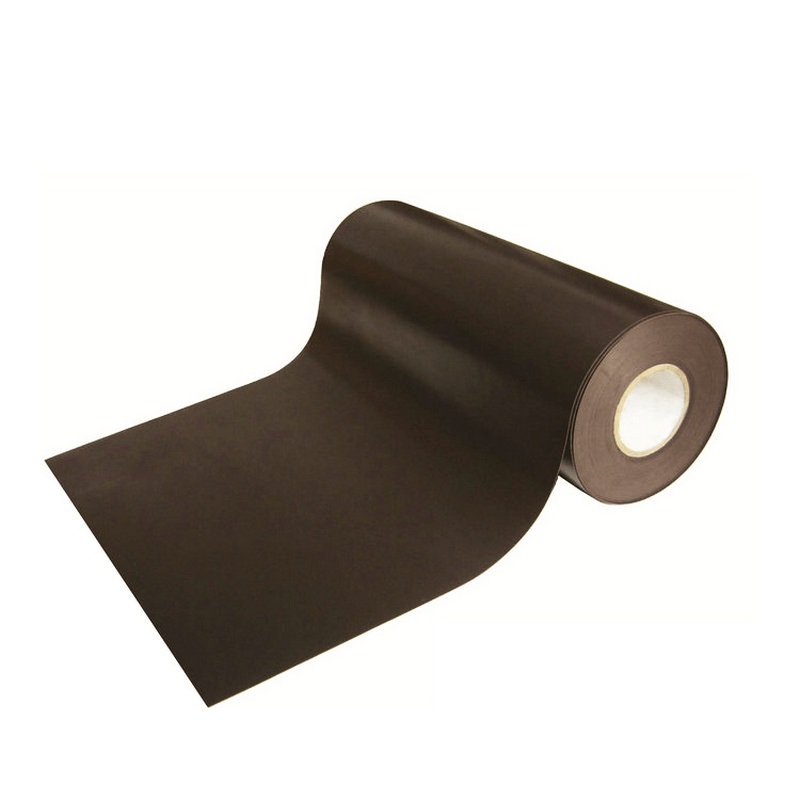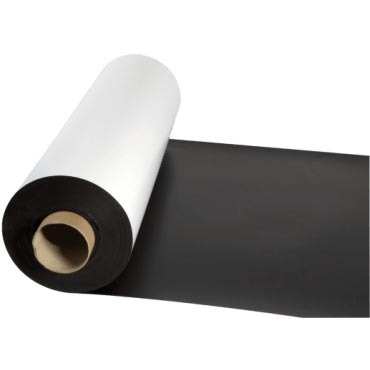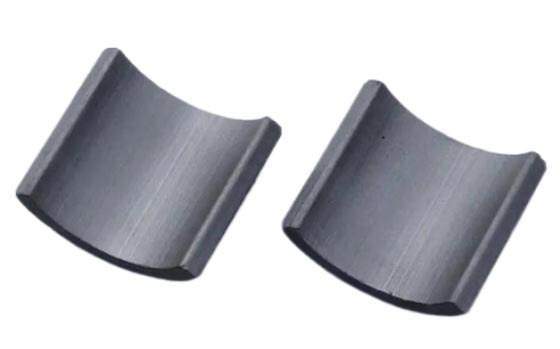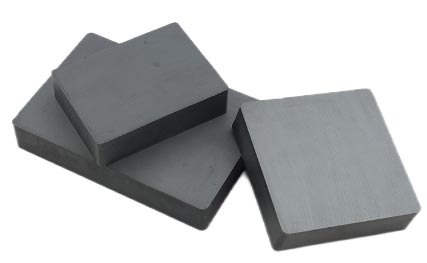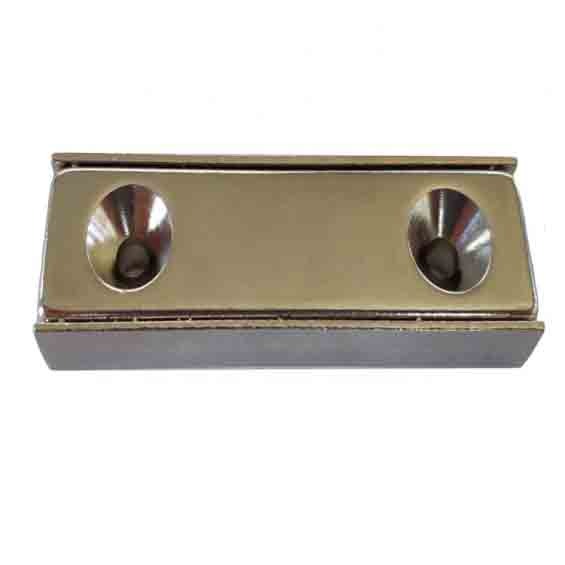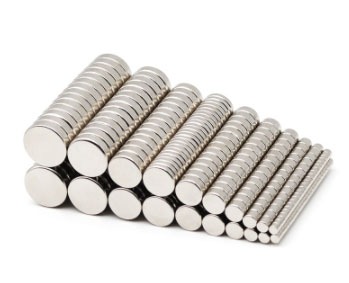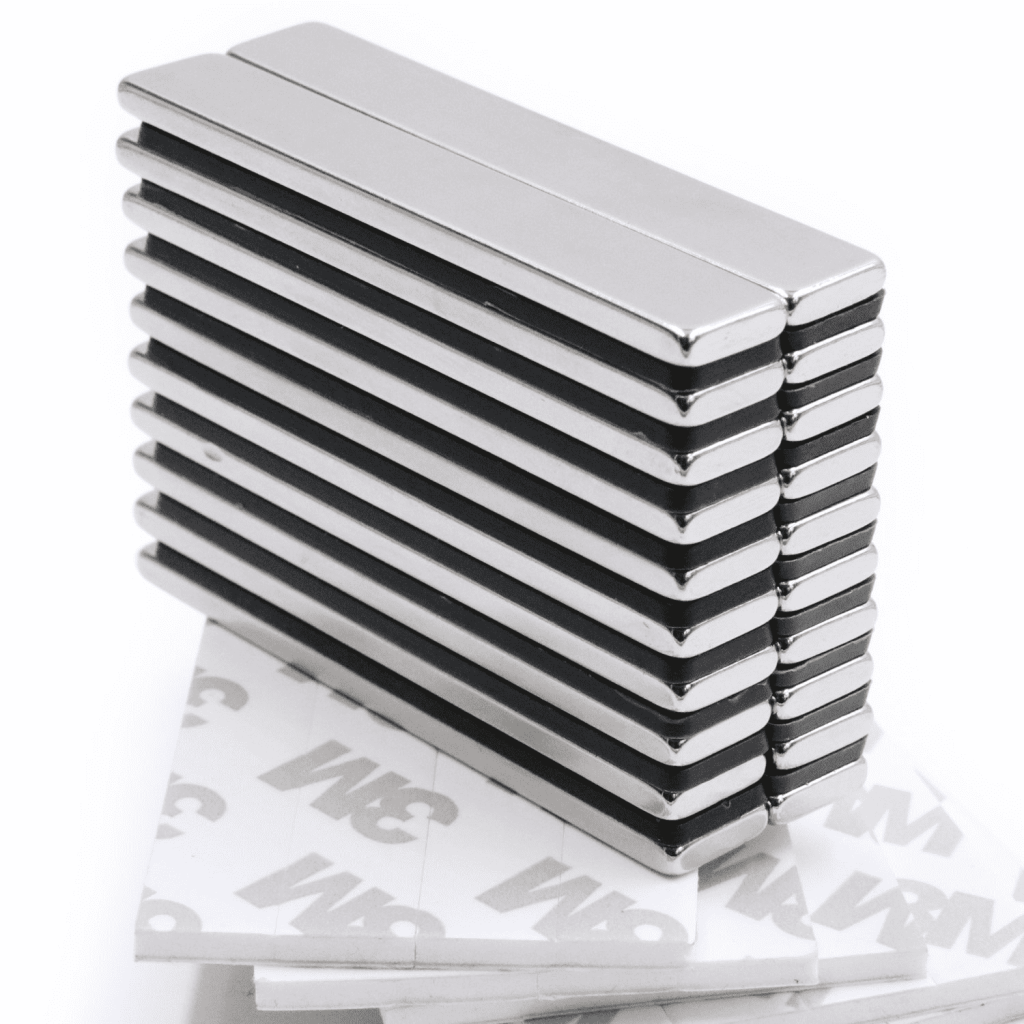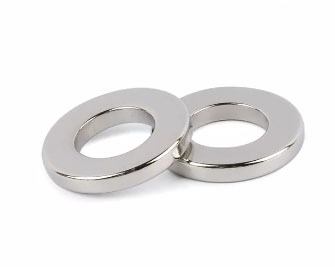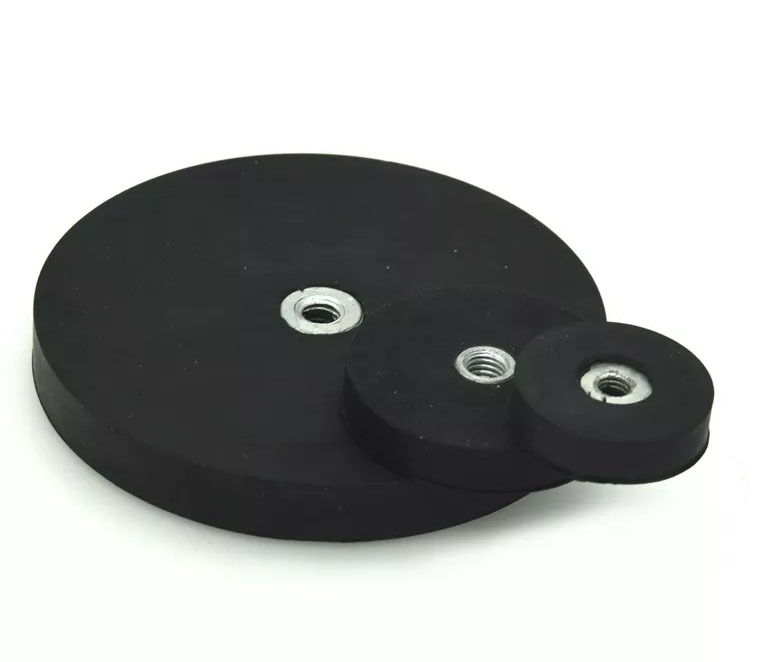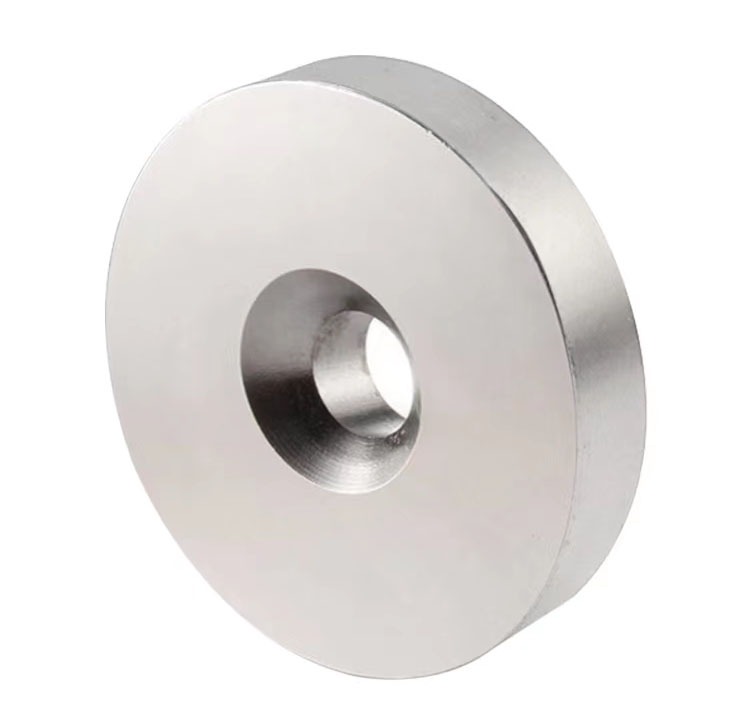What is the Role of Magnets in Audio Equipment?
Magnets play a crucial role in the functioning of many modern devices, including audio equipment. From headphones to speakers, magnets are used to create the sound that we hear. In this article, we will explore how magnets work and their role in audio equipment.
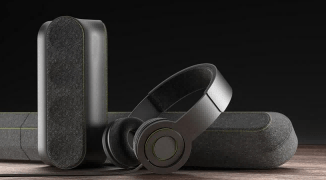
Why use magnets in audio equipment?
Here are some aspects that show the significance of magnets in audio equipment:
Sound quality:
To transform electrical impulses into sound waves or vice versa, magnets are applied in speakers, headphones, and microphones. The style, size, and power of the magnets used in these devices can significantly affect the audio output. Neodymium magnets, for instance, are renowned for producing high-quality sound because of their strong magnetic field and capacity to make more accurate and detailed sounds.
Efficiency:
Magnets are essential to the effectiveness of audio equipment. When stronger magnets are used, less power is required to produce the same volume because they can output more with less input power. In portable audio equipment, the use of stronger magnets may require more power to push the diaphragm of the speaker, thereby affecting battery life, so the choice of the magnet is particularly important for portable audio equipment.
Size and weight:
Magnets can also have an impact on the size and weight of audio equipment. Neodymium magnets, for instance, are more small and more lightweight than other types of magnets, making them perfect for use in portable electronics like headphones and smartphones.
Durability:
Magnets used in audio equipment are frequently made of heat-, corrosion-, and wear-resistant materials, extending the life of the gear.
Overall, the sound quality, effectiveness, and durability of audio equipment can be significantly improved by using high-quality, proper size of magnets.
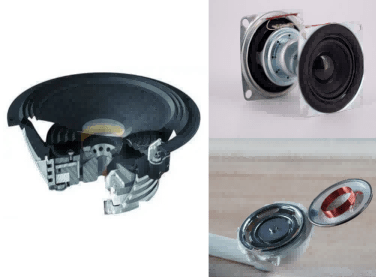
How do magnets work?
Magnets are widely used in microphones, speakers, and headphones. So how do magnets function in this audio equipment?
Speakers:
In a speaker, an electrical signal transmits electrical signal via a component of wires known as the voice coil. The voice coil is encompassed by a magnet which generates a magnetic field that interplays with the electrical current. The movement of the electrical current back and forth in the voice coil induces vibrations in the speaker’s cone, generating sound waves. The sound quality produced can be considerably affected by the intensity and excellence of the magnetic field generated by the magnet in the speaker.
Headphones:
In a headphone, a magnetic field creates oscillations in the diaphragm, which then generates sound waves that can be perceived by the listener. A headphone driver generally includes a petite magnet, a voice coil, and a delicate diaphragm.
The voice coil receives an electrical current that interacts with the magnetic field produced by the magnet, resulting in a back and forth motion of the voice coil and diaphragm, hence generating sound.
Microphones:
In a microphone, a magnetic field is applied to transform sound waves into electrical signals. There are various styles of microphones that adopt different approaches to convert sound waves into electrical signals, however, one prevalent type is the dynamic microphone. A dynamic microphone is composed of a diaphragm that is connected to a coil of wire also known as a voice coil. The voice coil is encompassed by a magnet, and when sound waves cause the diaphragm to shift, the voice coil moves in and out of the magnetic field, thereby generating an electrical signal that serves as a representation of the sound wave.
Overall, magnets are significant components of audio equipment, and the quality and strength of the magnets used can greatly impact the performance and sound quality of the devices.
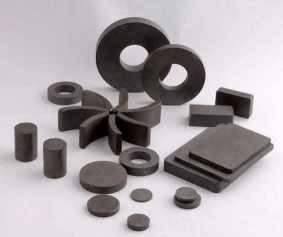
What are the different types of magnets used in audio equipment?
There are generally two types of magnets used in audio equipment: permanent magnets and electromagnets.
Permanent magnets:
These are magnets that have a permanent magnetic field and do not require an external electrical source to produce a magnetic field. There are various types of permanent magnets used in audio equipment, but the most common types are:
- Alnico magnets: Made of an alloy of aluminum, nickel, and cobalt, and were commonly used in older audio equipment due to their high temperature stability and good sound quality.
- Ferrite magnets: Also known as ceramic magnets, these are made of a ceramic material mixed with iron oxide and strontium or barium. They are relatively inexpensive and widely used in modern audio equipment due to their high magnetic strength and low cost.
- Neodymium magnets: These magnets are made of an alloy of neodymium, iron, and boron and have the highest magnetic strength of any permanent magnet. They are commonly used in high-end audio equipment due to their ability to produce high-quality sound with a small size and weight.
- Electromagnets: These are magnets that require an external electrical source to produce a magnetic field. They are commonly used in dynamic speakers and headphones, and can be made using different materials and winding configurations to produce different sound qualities. There are two types:
- Voice coil magnets: These are used in dynamic speakers and headphones to produce sound. They consist of a coil of wire wrapped around a cylindrical magnet, which moves in response to the audio signal to produce sound.
- Electret magnets: These are used in electret microphones, which are widely used in audio recording and communication equipment. They consist of a thin film of electret material that is charged to produce a permanent static electric field, which is used to convert sound waves into electrical signals.
In conclusion, magnets play a crucial role in audio equipment by enabling the conversion of electrical signals into sound waves and vice versa. The strength and quality of the magnetic field can significantly affect the sound quality produced. Understanding the science behind magnets in audio equipment can help in selecting the right equipment for better listening experiences. If you want to choose a proper magnet supplier, believe KENENG is your best choice.
KENENG is located in the rare earth raw material processing center of China. We are an excellent custom magnet manufacturer. We can manufacture neodymium magnets, permanent magnets, magnet rods, and other magnets of different materials and shapes. With 15 years of experience in magnets design, manufacturing, coating, and export all over the world, we have won a good reputation in this industry for our excellent and stable quality, prompt delivery, and fast response. Please feel free to contact us at any time if we can do anything for you.

